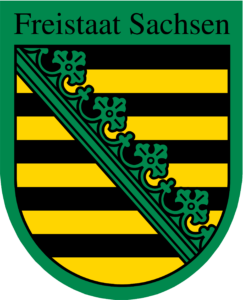Fusion Technology: Shaping the Future of Energy
Saxony is a leader in fusion research, focusing on powerful lasers to initiate the fusion of atomic nuclei. The Helmholtz-Zentrum Dresden-Rossendorf (HZDR) plays a pivotal role in this area. HZDR researchers are exploring the use of quantum mechanics and electromagnetic fields generated by advanced free electron lasers emitting X-ray light. This method aims to induce fusion at lower energies, specifically in hydrogen isotopes deuterium and tritium. Their innovative approach could greatly increase the tunneling rate, enabling controlled fusion reactions and potentially overcoming numerous challenges in fusion energy technology.
Poland has made significant contributions to fusion research, particularly in the Wendelstein 7-X project at Germany’s Max Planck Institute for Plasma Physics. Polish scientists from the Polish Academy of Sciences in Cracow, experts in superconductivity technology, have been instrumental in assembling and developing the Wendelstein 7-X. Their financial and intellectual investments in this project highlight Poland’s commitment to advancing fusion research. Additionally, the Institute of Plasma Physics and Laser Microfusion in Poland is integral in fusion research, focusing on plasma diagnostics and heating, material technology, and theoretical models.
The Czech Republic has a distinguished history in fusion research, mainly through its work on the COMPASS tokamak. Over twelve years, the COMPASS tokamak has conducted over 21,000 high-temperature plasma discharges, contributing substantially to fusion energy development and training new scientists. The upcoming COMPASS upgrade aims to address key challenges in building prototype fusion power plants, underscoring the Czech Republic’s dedication to continuous research in this field. The Institute of Plasma Physics of the Czech Academy of Sciences, a leading research institution in the field, involves multiple universities and focuses on magnetic confinement, plasma-material interaction, and advanced fusion materials research.
The Slovenian Fusion Association (SFA), led by the Jožef Stefan Institute, coordinates Slovenia’s fusion research and includes the University of Ljubljana, the Institute of Metals and Technology, and Cosylab as associated entities. The SFA’s research focuses on various areas such as plasma-wall interaction, material science, neutronics, thermo-hydraulics, safety analyses, modeling, diagnostics, and control systems. It’s been part of EUROfusion since 2005 and plays a key role in several European fusion projects.
 This measure is co-financed by
This measure is co-financed by